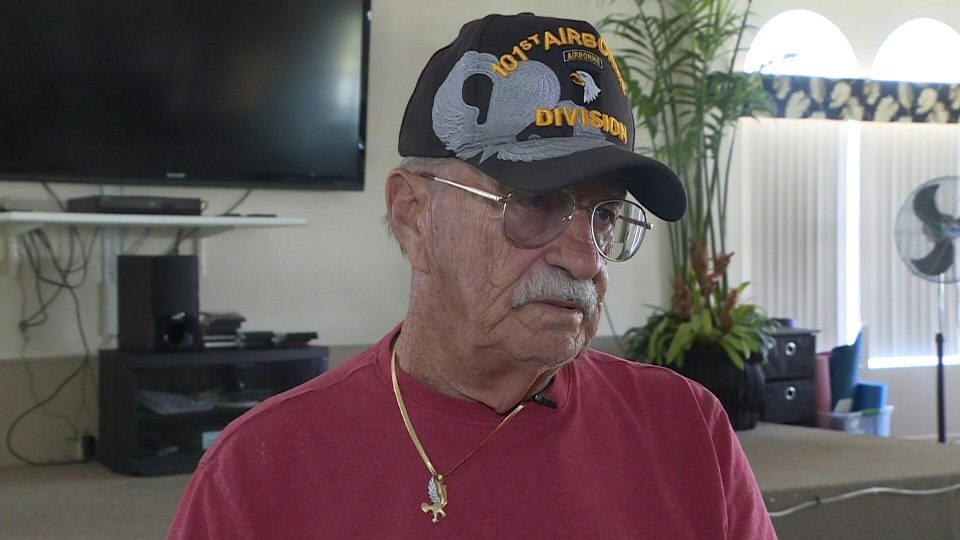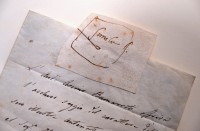
by Leila Macor
Agence France Presse
FORT MYERS, United States (AFP) — Jerry Cooper says he endured torture and cruelty that were everyday things for decades at a reform school in Florida, turning him into something horrible.
As authorities prepare to investigate a possible new set of unmarked graves on the school grounds after dozens were found a few years ago, apologies are finally coming in. But 60 years after he was abused, Cooper says they are not enough.
“I was a kid when I went there. I was no kid when I got out. I was a monster. I mean, a monster,” Cooper, now 74, told AFP.
“Violence breeds violence. And that’s all we knew. Total violence, 24 hours a day. Either mentally, sexually, or physically,” he added.
And he is still not over it, saying he has a short temper and is on medication for it.
The Florida School of Boys, or Dozier as it was called, was a reform school that stretched over 1,400 acres (567 hectares) in Marianna in northwest Florida — the same area hit by Hurricane Michael in October of last year.
That is very significant. Cleanup work after all the damage wrought by the storm turned up 27 “anomalies” that could be human remains in the land where the school used to be, the Tampa Bay Times reported last month.
Helen Ferre, a spokeswoman for Governor Ron DeSantis, told AFP, “the team that previously worked on the property are preparing to look at this new area.”
She was referring to a group of anthropologists from the University of South Florida that found 55 unmarked graves on the grounds of the school. That probe took four years and ended in 2016.
Cooper says he would not be surprised if the newly reported anomalies turn out to be more graves.
The place was sheer hell, he recalls.
Once, in the middle of the night in 1961, when he was 16, guards pulled him out of his room and whipped him — 135 lashes with a leather belt. He said he saw his blood splattering on the wall.
Cooper pointed to the red shirt worn by an AFP reporter and said, “The color of your shirt right there is what I looked like at two o’clock in the morning from my small part of my back to the back of my knees.”
“I’ve never gotten over that. We never will,” he said, shaking his head.
These days Cooper lives with his wife in a neighborhood with lots of retired people in Fort Myers in southwest Florida. He does not move around in a golf cart like other neighbors do but rather on a three-wheel motorcycle. He hopes some day to ride it all the way to Canada with his dog Blue.
– The White House boys –
According to people who went to the reform school, cruel treatment at the facility, which operated from 1900 to 2011, was routine until the early 1960s. Years ago, one way to scare kids was to say you would send them to Marianna.
These are not just made up stories. Lots of people who went through the school say it was a nightmare. Some did not survive the ordeal.
If the latest “anomalies” found are confirmed to be human remains, it would raise the number of unaccounted for deaths to 82.
A report from the USF in 2012 said boys were sent to the school for theft and murder but also for minor offenses such as “incorrigibility,” “truancy” and “dependence.”
Orphans for whom no home could be found were also sent to the school.
“Beginning as early as 1901, reports of children being chained to walls in irons, brutal whippings, and peonage surfaced,” these researchers wrote.
In 2008, survivors of Dozier created a group called the “White House Boys” in an effort to force the state to acknowledge its role in the torture of children.
The name comes from a place where guards took kids to beat them with a leather belt.
Today all the members of the group, now led by Cooper, are around 70 years old and they number some 300. Many are felons.
“What else could you expect? What else could you possibly expect to happen,” Cooper said, shrugging his shoulders. “Again, violence breeds violence.”
In 2017, the state of Florida formally apologized for what happened at the school, but no reparations were ever paid and no one was charged.
Now, the state will work to “bring some healing and closure to the victims, their families, and all impacted.”
Cooper, however, is impatient because year after year goes by and there are fewer and fewer survivors. The previous investigation took four years and he says many survivors do not have that much time.
And there is another thing.
“I’m concerned about the boys that we don’t know who they are. We’re the only family they have now. The unidentified boys, without us, they have nobody.”
© Agence France-Presse







